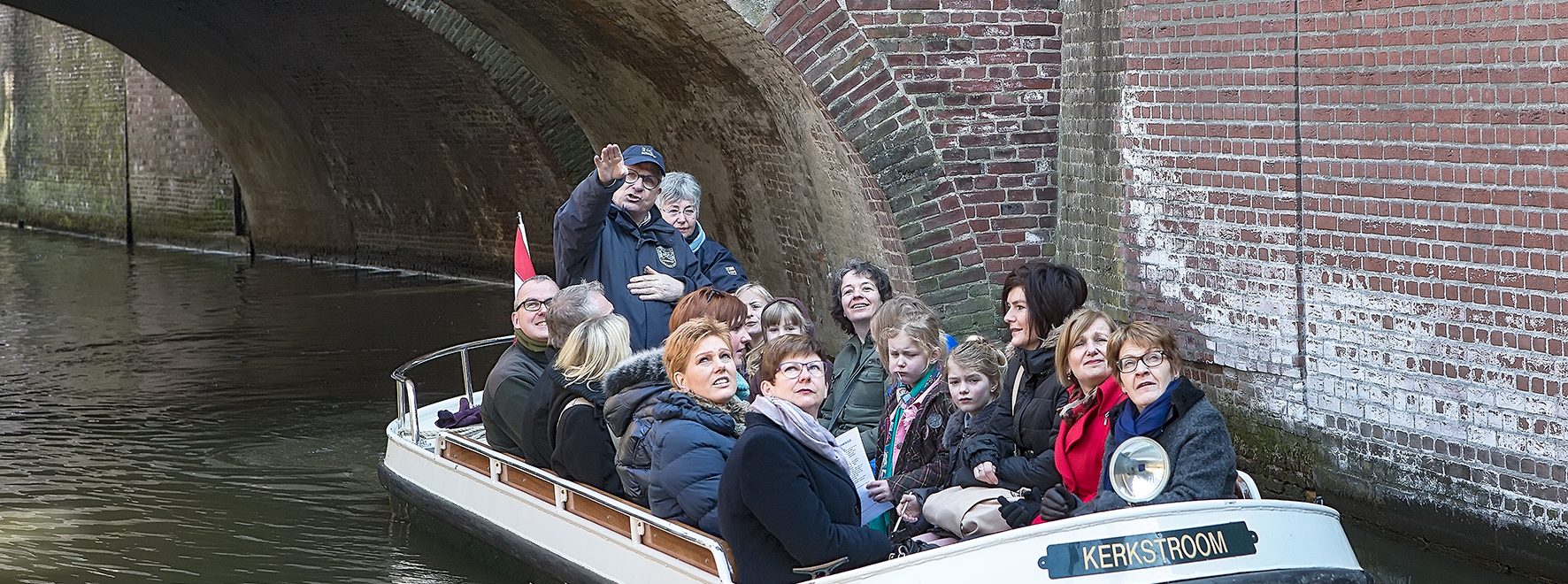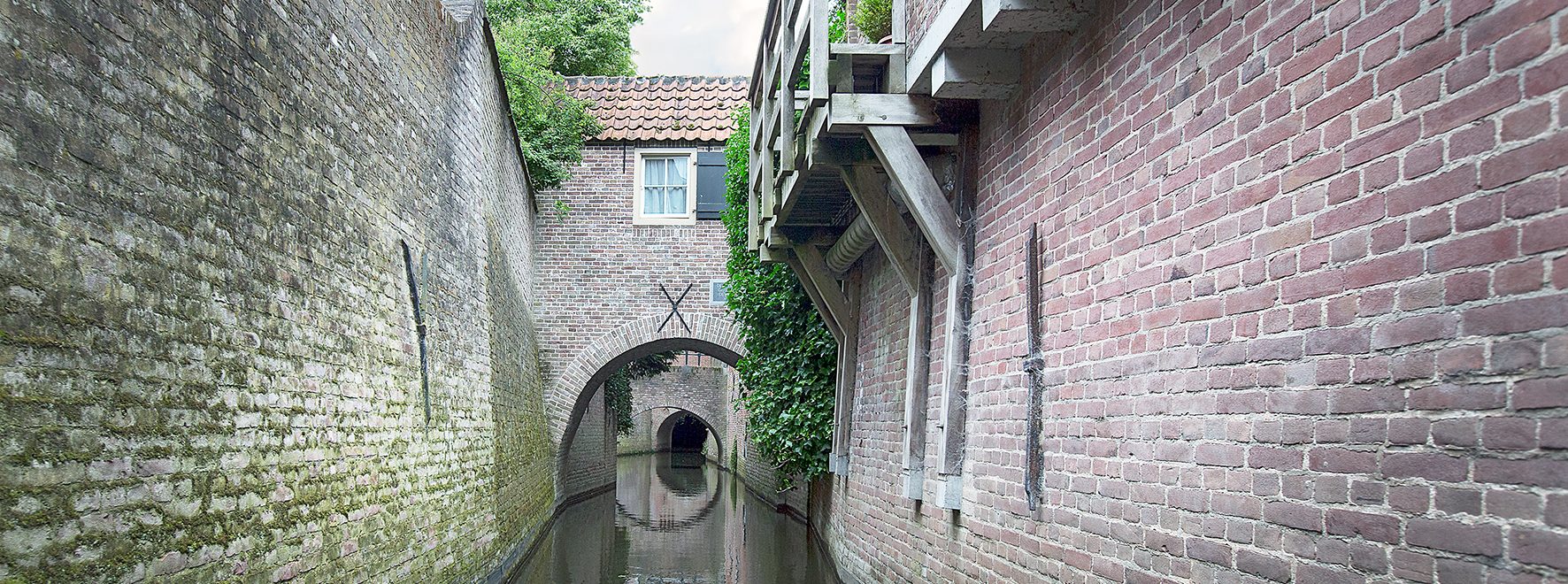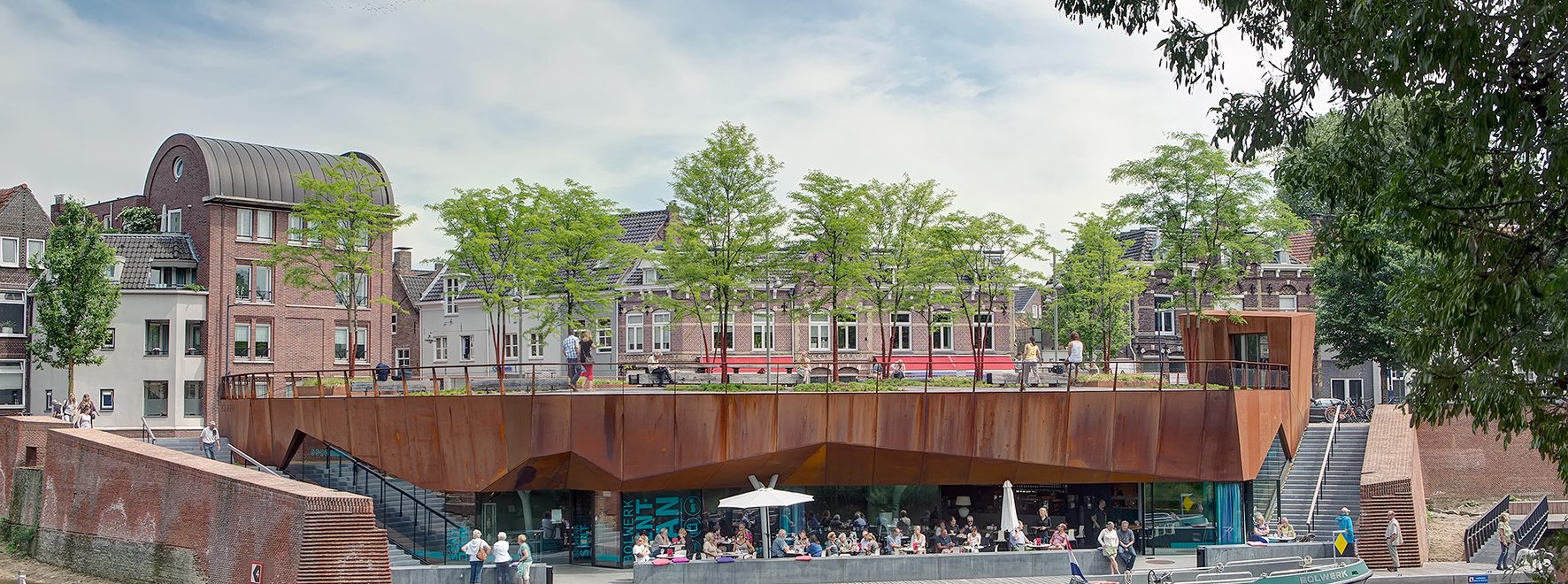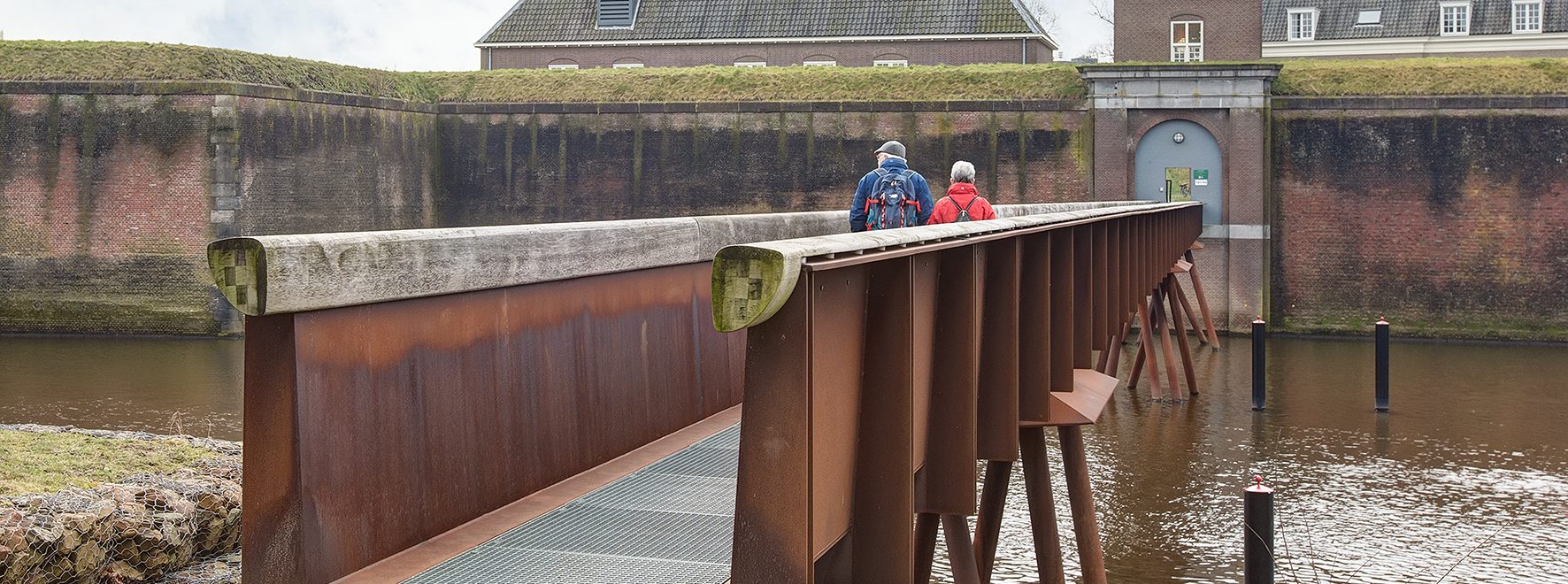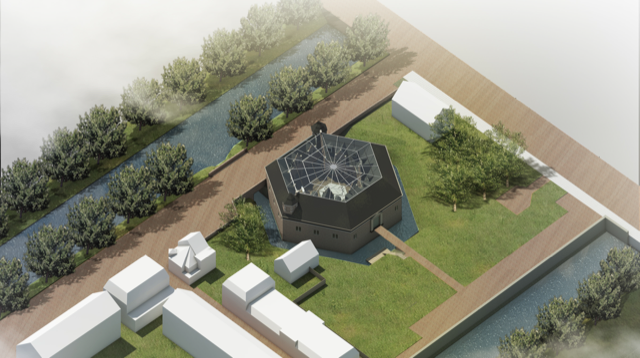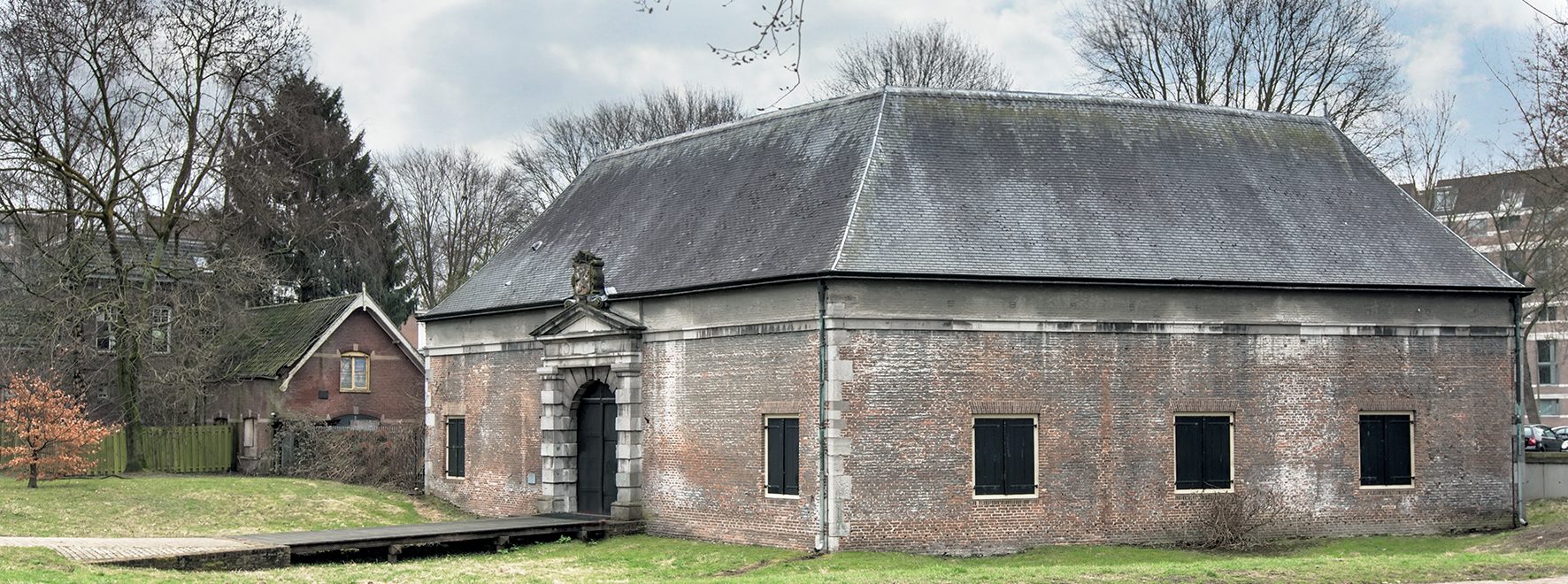The Kring Vrienden van ’s-Hertogenbosch (Circle of Friends of ‘s-Hertogenbosch) is a heritage association with hundreds of volunteers and thousands of members. Each year, they welcome many hundreds of thousands of visitors for city walks and canal cruises through the city center. In addition, the volunteers of the Kring have been active for many years as hosts and guides in a dozen museums and monuments, including St. John’s Cathedral and the citadel.
Kring Vrienden has recently celebrated its 45th anniversary. In 45 years, the organization has become the sustainable organization it is now. The Kring has developed core-qualities to maintain, research, show and exhibit ‘s Hertogenbosch’s historical features, waterbodies and landscapes. The Kring does not rely on any type of sponsorship, but completely functions on its membership fees and tourist payments for the tours they offer.
Kring Vrienden furthermore publishes the magazine Bossche Kringen, which appears at least 6 times a year. It exists since May 2014, following the successful merge of the magazines KringNieuws and Bossche Bladen. Members of Kring Vrienden of ‘s Hertogenbosch receive a hardcopy of the magazine at home for free. On the website of Bossche Kringen (http://www.vanelten.nl/BosscheKringen/) you can find earlier versions of the magazine.
Another feature that has been developed by Kring Vrienden is Bolwerk Sint-Jan. It is a hotspot of activity on the waterside, near the old entry porch of the city for cow-trade. Bolwerk Sint-Jan was built in 1528 to function as a protection for one of the most important entries of the city. Unfortunately, end of the 18th century this fortification was demolished, to improve dewatering of the river Dommel and decrease chance of flooding. Once this city entry was one of the most important places to meet accountainces and to find business opportunities. And thanks to Kring Vrienden, it has regained its function as hotspot again.
The remains of the last two porches, the city wall and the streetwork from the middle ages, have been well integrated into the new building. The new Bolwerk partly disappears in the current canal banks. Inside, you can find a restaurant and the information centre for tourist entering the city of ‘s Hertogenbosch. From here many of the boat tours start, going up to the Binnendieze canals, and the rivers Dommel and Aa. The restaurant has a terace on the waterside, where with some luck you can enjoy the sun with some wine and good company.


